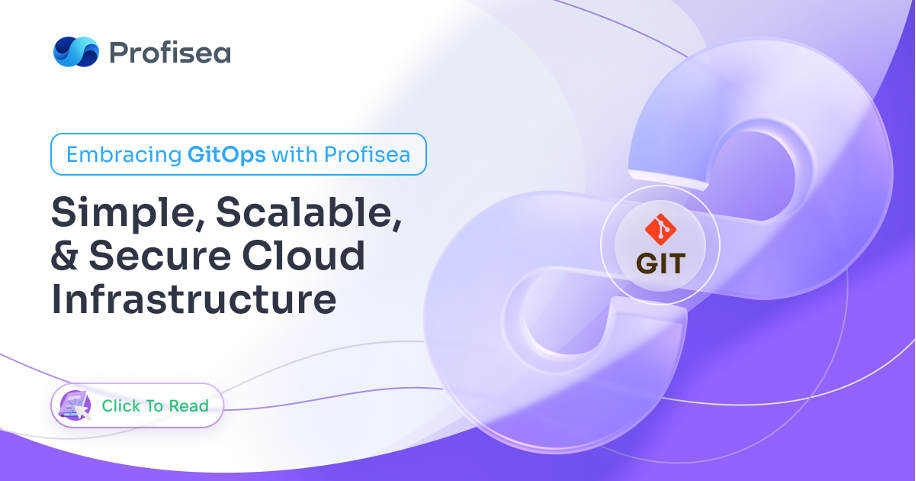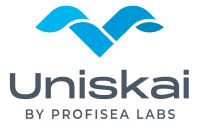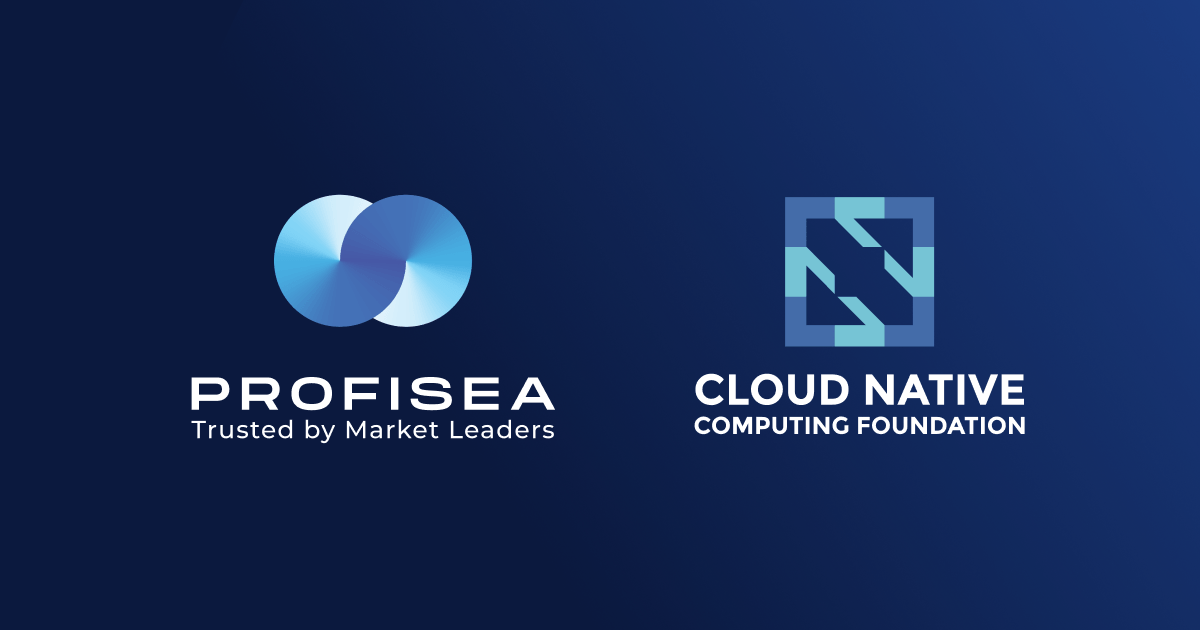Embracing GitOps with Profisea: Simple, Scalable, and Secure Cloud Infrastructure
To meet the challenges of cloud infrastructure that is constantly growing in size and complexity, along comes GitOps to help you keep your cloud environment up and running efficiently while streamlining tasks and benefiting businesses of any size. With GitOps, you can update cloud applications swiftly, without compromising security or stability, and benefit from improved performance across the board.
In this blog, we will explore how companies can streamline their development and operations processes, foster collaboration, enhance reliability, and accelerate software delivery by leveraging Git as the single source of truth for cloud infrastructure configurations.
Why choose GitOps?
According to the DevOps Research and Assessment Group (DORA), four key metrics determine business success when it comes to delivering cloud applications:
- frequency of deployment,
- lead time for changes and updates,
- mean time to recovery, and
- change failure rate.
These metrics have become increasingly critical for achieving market share and profitability in many businesses. And GitOps is a proven method to bolster your organization’s efficacy in all these areas.
In essence, GitOps can be described as a concept of infrastructure as code, seamlessly integrating best DevOps practices. Rather than manually creating servers, configuring networks, and dealing with all the intricate aspects involved in AWS setup and Kubernetes cluster creation, GitOps enables specialists to define these elements in Terraform code, Ansible code, and Kubernetes manifest files.
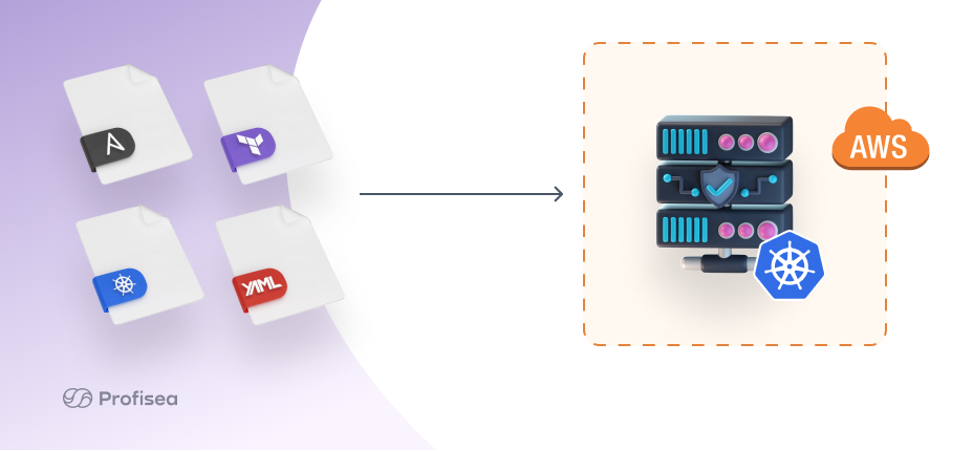
The process begins with a DevOps expert establishing a dedicated Git repository specifically for the infrastructure’s code. All the configuration files are then stored within this repository, establishing a separate space for the infrastructure as code project alongside a comprehensive DevOps pipeline.
GitOps workflow: from the actual to the desired cloud infrastructure
Hosting infrastructure as code on a Git repository brings compulsory version control and seamless team collaboration. Rather than simply pushing changes to the main branch, the process involves following the same pull request protocol as for an application code. To ensure the integrity of these modifications, a Continuous Integration (CI) pipeline is employed to validate and test the configuration files, mirroring the testing procedures for application code changes.
Once these commits pass the tests, they are subject to approval by senior cloud engineers. Only after this approval are the changes merged back into the main branch and, via a Continuous Deployment (CD) pipeline, expanded to the cloud environment, whether through adjustments to the Kubernetes cluster or updates to the underlying AWS infrastructure.
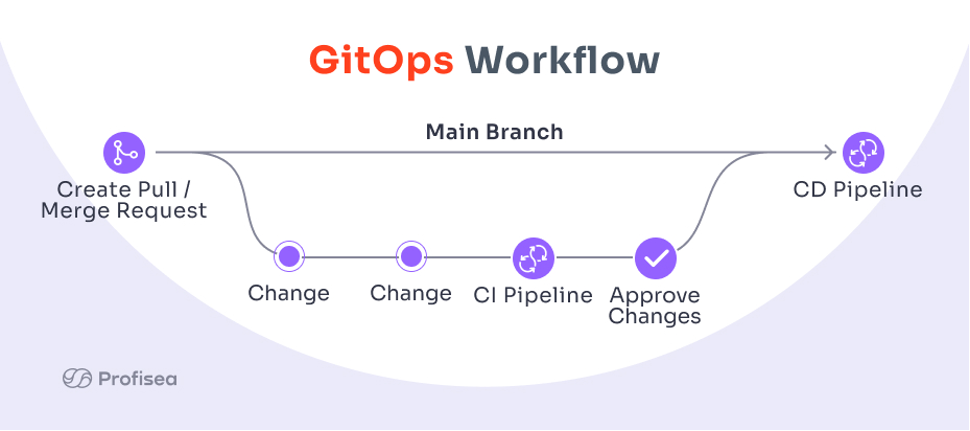
In GitOps, there are two ways of applying these changes. Push-based deployments come from the traditional Continuous Integration and Continuous Deployment (CI/CD) pipelines when Jenkins or GitLab executes a command to deploy the new application version into the cloud environment.
Pull-based deployments happen when we have an agent (Flux CD and Argo CD) installed in the environment, such as in a Kubernetes cluster, that actively pulls the changes from the Git repository itself. If it sees any differences in the repository, it will pull and apply these changes to get the environment from the actual state to the desired state defined in the repository.
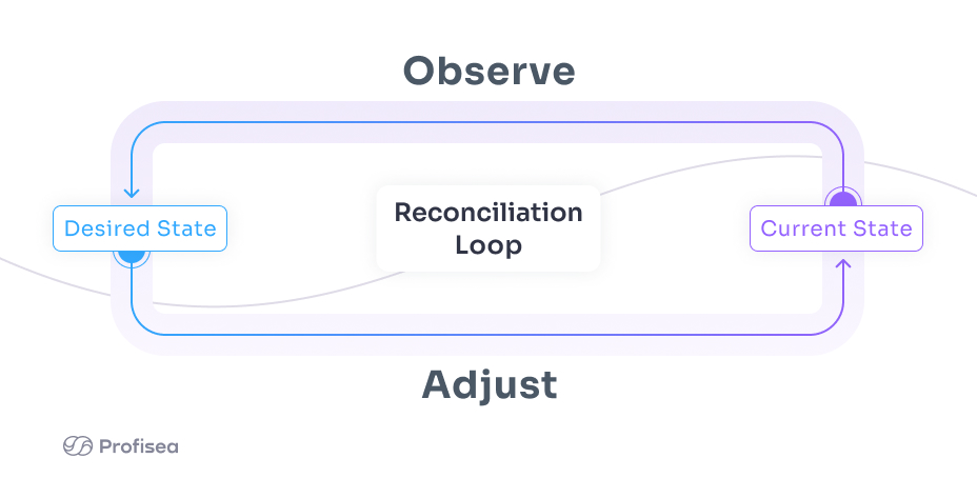
GitOps benefits
While the concept of automatically synchronizing environments with Git-defined configurations may seem like a minor change, it holds immense transformative power and is prompting organizations to swiftly adopt it in a bid to stay ahead of their competitors.
Let’s go over the major benefits that GitOps provides:
- Enhanced speed and agility. With automated pipelines, DevOps engineers can configure cloud infrastructure to deploy faster and more frequently.
- Advanced security and reliability. IT specialists can configure the approval workflow so that only authorized personnel can review and make changes.
- Simple and fast recovery. It is easy to revert to a previous version of the configuration using Git revert. Also, with version control, every change can be traced.
- Increased scalability and cost optimization. GitOps simplifies the process of scaling resources up or down based on demand, enabling optimal cloud cost management.
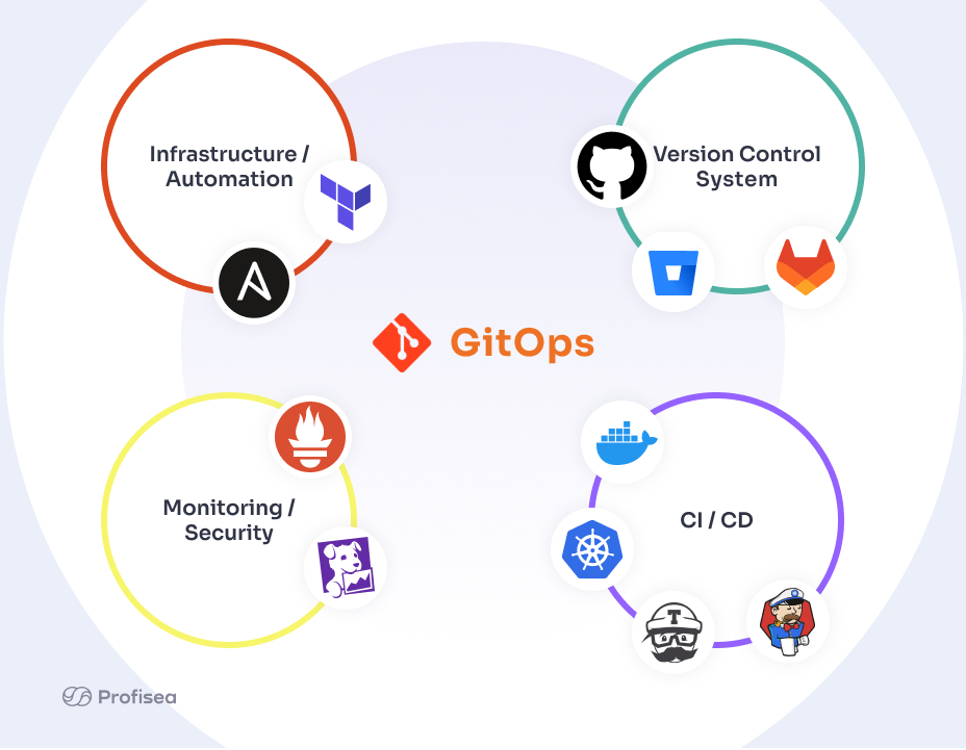
Profisea: focus on innovation and value
GitOps has emerged as a groundbreaking trend in software engineering, offering companies of any size a unique opportunity to elevate their practices to a whole new level. However, implementing GitOps can be a complex challenge, requiring deep understanding and specialized expertise.
At Profisea, we leverage first-rate DevOps, GitOps, DevSecOps, CloudOps, and Kubernetes practices and provide high-end FinOps services that contribute to the success of our customers. With simplified processes, enhanced collaboration, and heightened reliability, our DevOps experts will shift your business focus toward innovation and the delivery of unparalleled value.
Feel free to contact Profisea – and we will reply within 24 hours.
